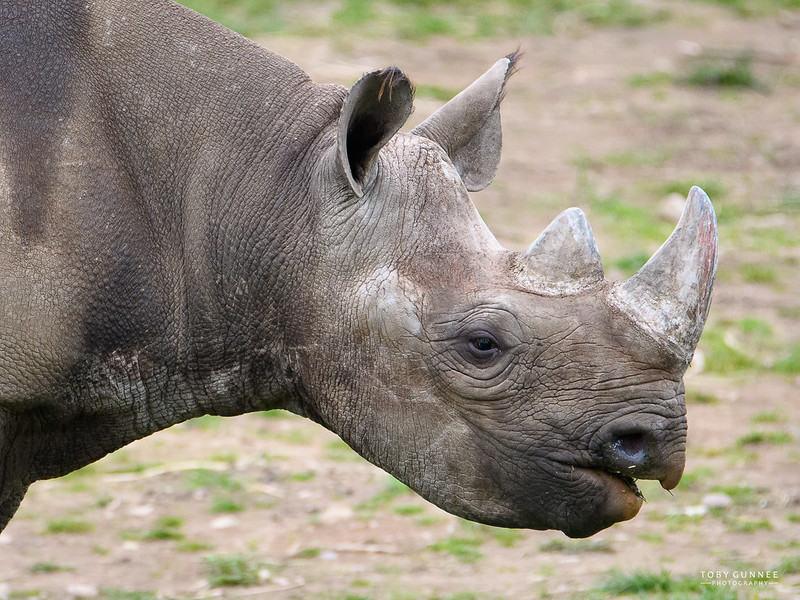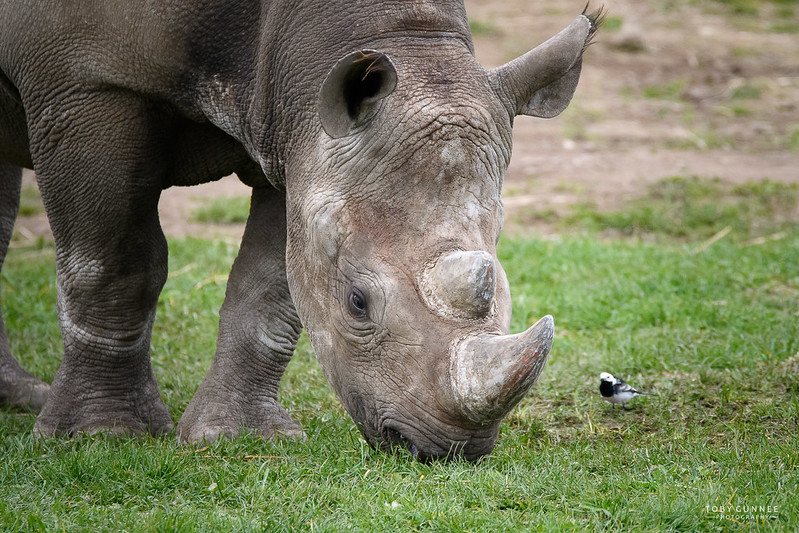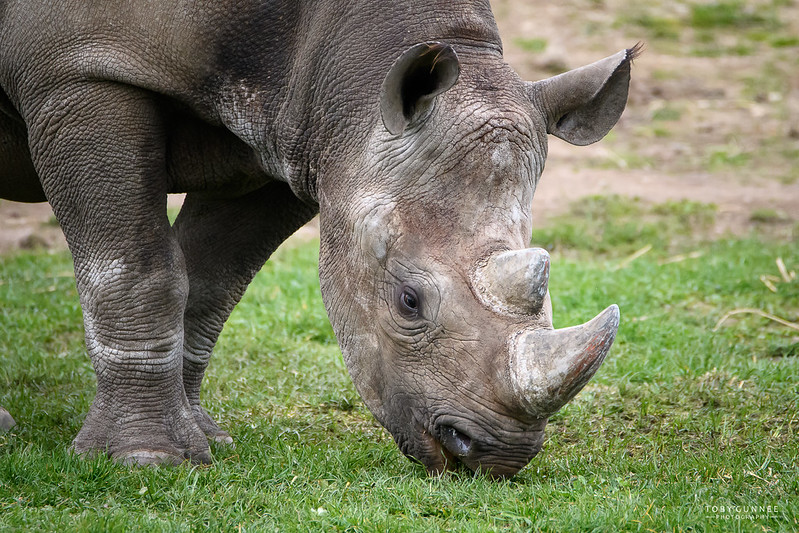- Messages
- 8,063
- Name
- Andrew
- Edit My Images
- No
But just by virtue that the sensor is larger and therefore larger surface area there will be more light hitting the sensor than on a crop sensor. As for the intensity of light hitting each photosite I would assume it's equal otherwise you would get different exposure values. This is just an assumption though, the lab coat hasn't entered the world of photosites yet
That cos the lab coat been destroyed somehow changes to pink



 DSC_0139-Edit
DSC_0139-Edit DSC_0147-Edit
DSC_0147-Edit




